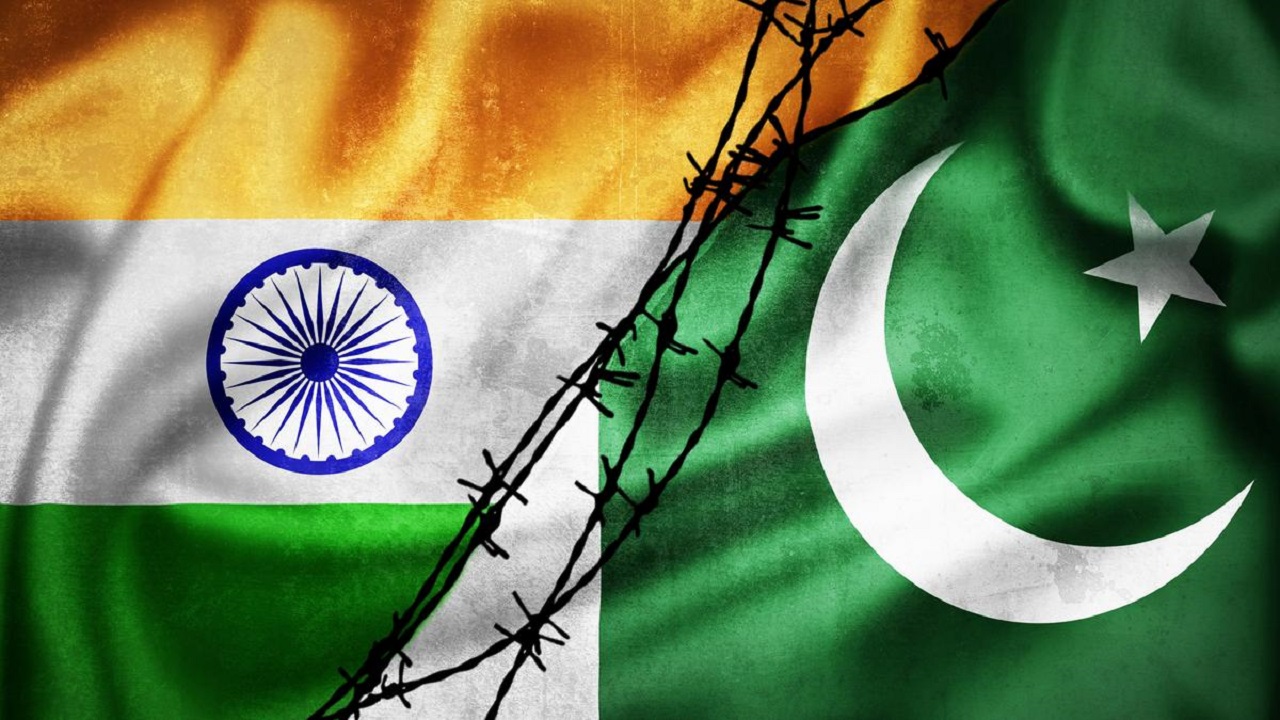Safe Harbour in the Digital Age: Balancing Freedom and Accountability for Social Media Platforms
Introduction
The digital landscape in India has undergone a massive transformation with the rapid growth of social media and user-generated platforms. While these platforms enable free expression, they have also become sources of fake news, misinformation, hate speech, and cybercrimes.
To address these concerns, the Union Ministry of Information and Broadcasting is reconsidering the concept of 'safe harbour' for social media platforms. This legal provision currently shields intermediaries from liability for third-party content. The government's move aims to make online platforms more accountable and responsive to content-related issues.
What is Safe Harbour
Safe harbour is a legal concept that provides protection to online intermediaries such as social media companies, from being held liable for user-generated content hosted on their platforms.
Key points:
-
It ensures that platforms are not prosecuted for content they did not create or directly moderate.
-
The concept emerged in the early days of the internet to support innovation by protecting website owners from being punished for content they neither authored nor edited.
-
The legal principle that holds intermediaries accountable for user content is known as intermediary liability.
International Context:
-
In the United States, safe harbour is provided under Section 230 of the Communications Act of 1934, introduced in 1996.
-
In India, it is enshrined under Section 79 of the Information Technology Act, 2000.
In the Indian context, an intermediary loses its safe harbour protection if it fails to act upon receiving actual knowledge of illegal content. The Supreme Court has clarified that actual knowledge refers to either a court order or a government directive.
A notable example is the 2004 incident where the then-head of eBay India was arrested over a user listing child abuse material, highlighting the consequences of lacking safe harbour protection.
How are Intermediary Liability Protections Regulated in India
To retain safe harbour protection, platforms must comply with the Information Technology (Intermediary Guidelines and Digital Media Ethics Code) Rules, 2021.
Key provisions include:
-
Appointment of a grievance officer, a nodal officer, and a chief compliance officer, all resident in India.
-
Implementation of a grievance redressal mechanism to address user complaints.
-
Submission of regular transparency reports detailing complaints received and actions taken.
-
Compliance with takedown notices from authorities.
In 2023, the rules were amended to include a provision that allows the Press Information Bureau’s Fact Check Unit to label content as “fake news”. Platforms hosting such content may lose their safe harbour protection.
Why is the Safe Harbour Clause Being Reconsidered
The government has raised several concerns with the current regime of safe harbour.
-
Foreign platforms have allegedly failed to comply with Indian laws and have shown resistance to content takedown orders.
-
There have been public disputes between social media companies and the government, particularly regarding blocking of content.
-
Platforms are perceived to be passive in managing misinformation, deepfakes, and cyber threats.
-
The current safe harbour protection may allow platforms to evade accountability for harmful or unlawful content.
-
Existing grievance redressal systems have been criticised for being ineffective, prompting the government to consider the creation of grievance appellate committees.
Potential Consequences of Repealing the Safe Harbour Clause
-
Increased Legal Liability
Without safe harbour, social media platforms could be held directly liable for any illegal content posted by users, facing both civil and criminal consequences. -
Over-Censorship
To avoid legal risks, platforms might over-moderate content, leading to the removal of even lawful or controversial posts. This could have a chilling effect on freedom of speech. -
Threat to Platform Viability
Smaller firms and startups may find it financially and operationally unfeasible to continue operating in India due to the increased compliance burden. -
Hindrance to Innovation
The fear of prosecution may deter new entrants and investors from entering the digital platform ecosystem. -
Burden of Content Moderation
Platforms would be forced to review vast amounts of content before publication, which is operationally difficult at scale and prone to errors. -
Risk of Government Overreach
Removing safe harbour could allow the government to exercise greater control over online content, increasing the risk of censorship and suppression of dissent.
What Lies Ahead
Safe harbour laws are critical for protecting freedom of expression and fostering innovation in the digital ecosystem. However, unchecked misuse of these protections can undermine public safety and legal order.
A balanced approach is needed that retains safe harbour protections while also strengthening obligations on platforms for content moderation and transparency.
The way forward includes:
-
Updating regulations to reflect current technological and social realities.
-
Ensuring fair grievance redressal mechanisms for users.
-
Promoting self-regulation by platforms with oversight from independent regulatory bodies.
-
Avoiding excessive control by the government to maintain democratic values and digital openness.
Conclusion
The reconsideration of the safe harbour clause is a timely and necessary step in India’s digital governance. While there is an urgent need to curb the spread of harmful online content, it is equally important to safeguard the principles of free speech and innovation. A balanced, transparent, and accountable framework will ensure that digital platforms contribute positively to the democratic and developmental goals of the nation.
_(1).jpg)



Comments (0)